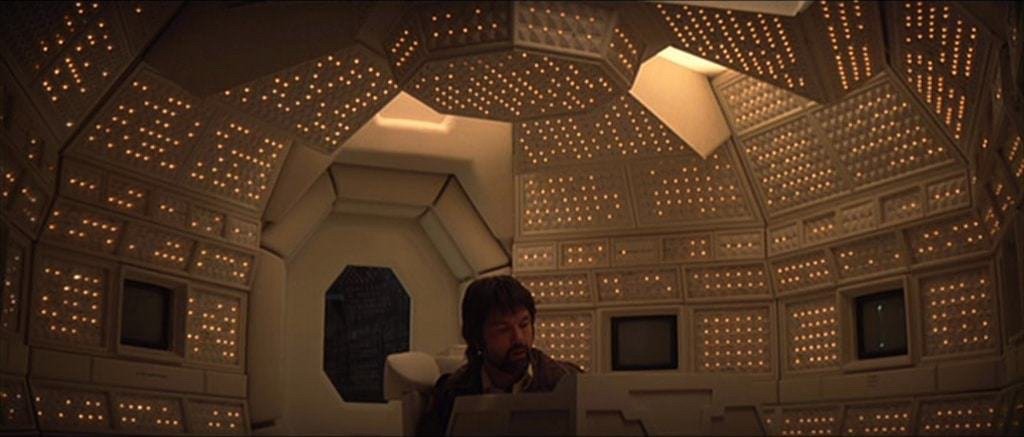
Exploring the Intersection of Design, AI, and Design Engineering
Design and artificial intelligence (AI) are increasingly intertwined, driving innovation across industries. As technology evolves, the role of design engineering is more critical than ever, bridging creativity and functionality.
The Evolving Role of AI in Design
AI is no longer just a backend tool—it’s becoming an active collaborator in the creative process. From generating design ideas to optimizing layouts, AI offers endless possibilities. For instance:
- Generative Design: AI algorithms can generate thousands of design variations based on constraints, helping designers explore ideas faster.
- User Experience Optimization: AI analyzes user behavior to suggest improvements, enabling data-driven design decisions.
- Automation: Repetitive tasks like resizing assets or formatting layouts can be automated, freeing up designers for more strategic work.
Challenges and Opportunities
While AI empowers designers, it also raises challenges:
Challenges
- Ethical Design: AI systems may unintentionally reinforce biases. Designers must ensure inclusivity and fairness.
- Loss of Control: Relying too heavily on AI can dilute the human touch in design.
- Learning Curve: Integrating AI tools requires new skills, which can be daunting for some designers.
Opportunities
- Enhanced Creativity: AI can inspire by offering unconventional ideas.
- Efficiency Gains: Automation allows for rapid iteration and prototyping.
- Scalability: AI enables personalized experiences at scale, a growing demand in today’s market.
Design Engineering: The Glue Between Creativity and Execution
Design engineering ensures that the gap between creative vision and technical execution is seamless. It combines the artistry of design with the precision of engineering.
Key Principles of Design Engineering
- Systems Thinking: Viewing a design holistically ensures all components work together cohesively.
- Collaboration: Effective communication between designers and developers is crucial for successful outcomes.
- Iterative Process: Building, testing, and refining are fundamental to achieving the best results.
"Good design is as little design as possible." — Dieter Rams
Tools of the Trade
Modern design engineers leverage tools like:
- Figma and Sketch for prototyping
- Motion for creating smooth animations
- Tailwind CSS for streamlined styling
- Git for version control and collaboration
AI and Design Engineering: A Symbiotic Relationship
The integration of AI into design engineering creates powerful synergies:
- Prototyping with AI: AI-driven tools like ChatGPT assist in generating content for prototypes, accelerating the design process.
- Predictive Analytics: Engineers use AI to predict performance issues and optimize designs in real-time.
- Accessibility Improvements: AI tools automatically detect and fix accessibility concerns, ensuring compliance.
Case Study: Motion-Primitives
Motion-Primitives demonstrates how AI and design engineering come together. By leveraging Framer Motion and Tailwind CSS, it simplifies the creation of dynamic, responsive interfaces. AI can enhance this by:
- Generating motion patterns based on user preferences.
- Optimizing performance for different devices.
- Automating testing for cross-browser compatibility.
Conclusion
The intersection of AI, design, and design engineering is reshaping the industry. By embracing AI while staying grounded in design principles, professionals can push boundaries and create experiences that are both innovative and human-centered. The future lies in collaboration—not only between humans and machines but also among designers, engineers, and AI.
Questions for Reflection
- How can we ensure AI remains a tool for empowerment rather than replacement?
- What steps can design engineers take to integrate AI responsibly into their workflows?
Further Reading
Music for Inspiration
Listening to music while working? Check out "Motion" by Tycho—a perfect blend of creativity and rhythm.